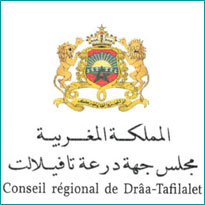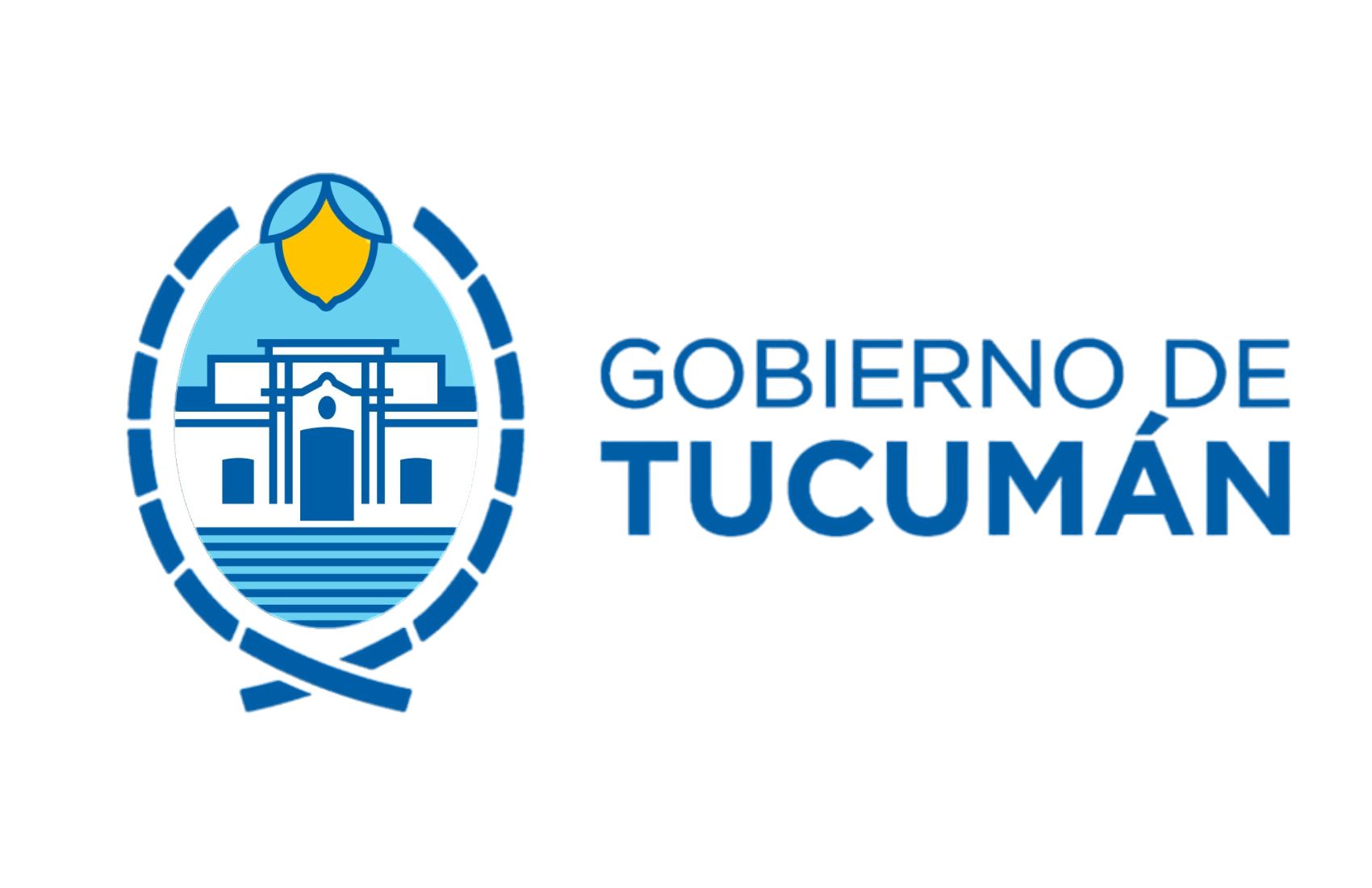
The UN Conference on Environment and Development (UNCED) held in Rio de Janeiro in 1992, which was a historic milestone, declared 22 March of each year as World Water Day. The intention was, and still is, to draw the attention of the international community to the importance of water resources, the need to protect them and to make a more rational use of it. This is becoming increasingly pressing, given the severity and recurrence of climate variability with its extreme phenomena such as drought and floods. This is especially true, since human activities depend on its availability and we can’t do without.
Water is no longer a renewable resource
As is well known, fresh water is a vital and necessary liquid that only represents 3.5%, as opposed to 96.5% of salt water on planet Earth. 30% of it can be found in underground reservoirs and if we exclude the polar icecaps and the glaciers, it represents 95% of liquid fresh water. Paradoxically, water abounds in nature, since 71% of the Earth’s surface is covered in water, but at the same time it is scarce in many places, and access to it is difficult. It is estimated that a third of the 7.505'452.038 inhabitants in the world live in areas where water is not widely available, and 20% of them do not have access to treated water to quench their thirst.
Besides, safe drinking water is no longer a free asset and has become an economic asset. It was first considered a renewable natural resource, but because of climate change, it has become a non-renewable natural resource exposed to depletion. As stated by the expert Álvaro Sánchez “for a natural resource to be considered renewable, its regeneration cycles must be higher than the extraction speed. Although we can say that water has a system of cycles, we could also say that if it decomposes or becomes polluted with certain materials, it will never be recovered by nature. The planet does not produce new water, water is stable on Earth”1.
Water as a fundamental right
Water demand is ever increasing, due to the natural growth of the population and to a more intensive use of the precious liquid. According to the FAO, water consumption has tripled in the last 60 years, with the industrial and agricultural sectors accounting for 92% of this consumption. It is worth remembering that the United Nations General Assembly issued in 2010 the Resolution 64/292, which recognises “the human right to safe drinking water and sanitation” and reaffirmed what was already stated in 2008, in the sense that “clean drinking water and sanitation are essential to the realisation of all human rights”. Inexplicably, the bill that recognised access to drinking water as a fundamental right in Colombia didn’t pass in December of the previous year at the Congress of the Republic.
The 8 Millennium Development Goals (MDG) 2000 – 2015, and their 40 indicators, gave way to the 17 goals and 169 targets of the Sustainable Development Goals 2016 -20302. Water, as it should be, its defence and protection, as well as access to drinking water and its governance, are at the core of the SDGs. Goal 6 (clean water and sanitation) has among others the following targets: ensuring equitable and universal access to safe drinking water and adequate sanitation, at prices affordable to all, and efficient management of water resources. Efforts are also under way to improve the quality of water by reducing pollution, eradicating dumping and minimizing the discharge of hazardous materials and chemicals. It is also proposed, before 2030, to reduce by half the percentage of untreated wastewater and a substantial increase of recycling and reusing of water in safe conditions worldwide.
Now, wastewater
The United Nations decided to put the focus on the wastewater that is discarded after its use, endeavouring to reduce it and promoting the possibility of recycling it or reducing it, obviously after treating it. A lot of that wastewater, which is discharged into rivers, streams and affluent, as well as into the sewerage, could be used for industrial or agricultural purposes. This way, the water cycle could be made to work more effectively and its utilisation could be optimised.
And talking about water, we cannot but deeply deplore the fate of the river known during the colonial period as “El Río Grande de la Magdalena”, which covers 24% of Colombia’s continental territory, embraces 18 out of the 32 departments, has 80% of the population settled on its banks and 85% of the country’s GDP is generated around it. One of Colombia’s capital sins, besides turning its back on the sea, was leaving the Magdalena River to its own devices, after having used it when its belated industrialisation process was beginning. With the contracting of works to recover its navigability, Colombians got very excited thinking that, at last, justice was going to be done, but unfortunately the Odebrecht scandal frustrated this possibility. Let’s hope that a solution is found, because the Magdalena River is one of Colombia’s biggest commitments to improve its competitiveness by including this water motorway as an integral part of the intermodal transport infrastructure modernization.
Amylkar D. Acosta M
Former Executive Director of Federación Nacional de Departamentos, Colombia
1 "El Nuevo Siglo". September, 11 de 2016
2 Amylkar D. Acosta M. "De los ODM a los ODS". September, 20, 2015














































































